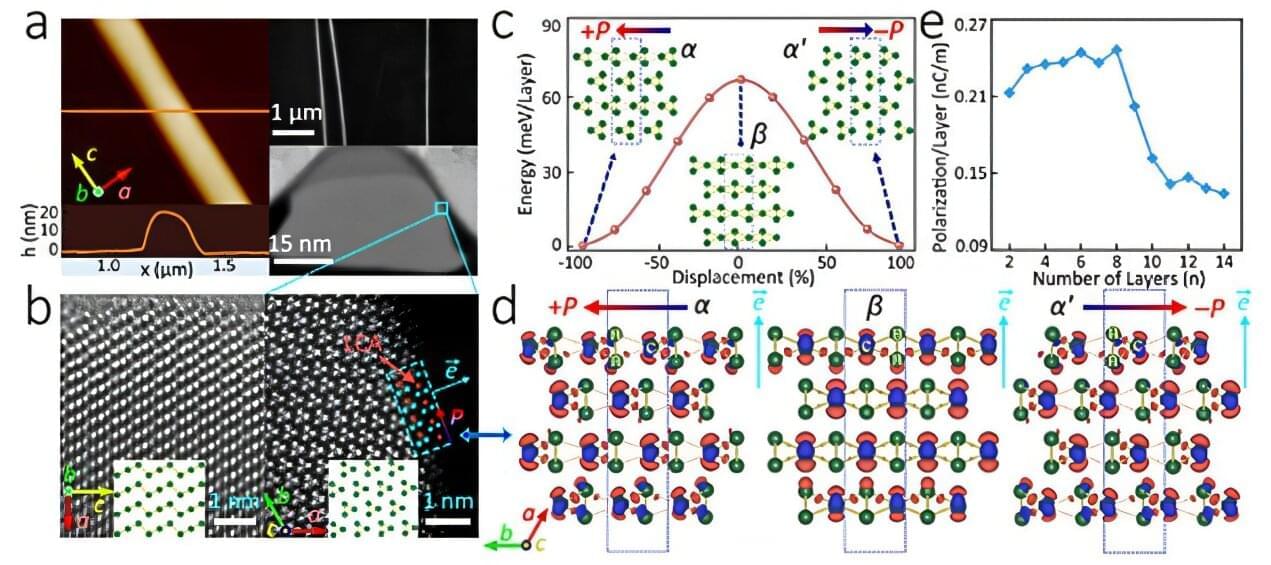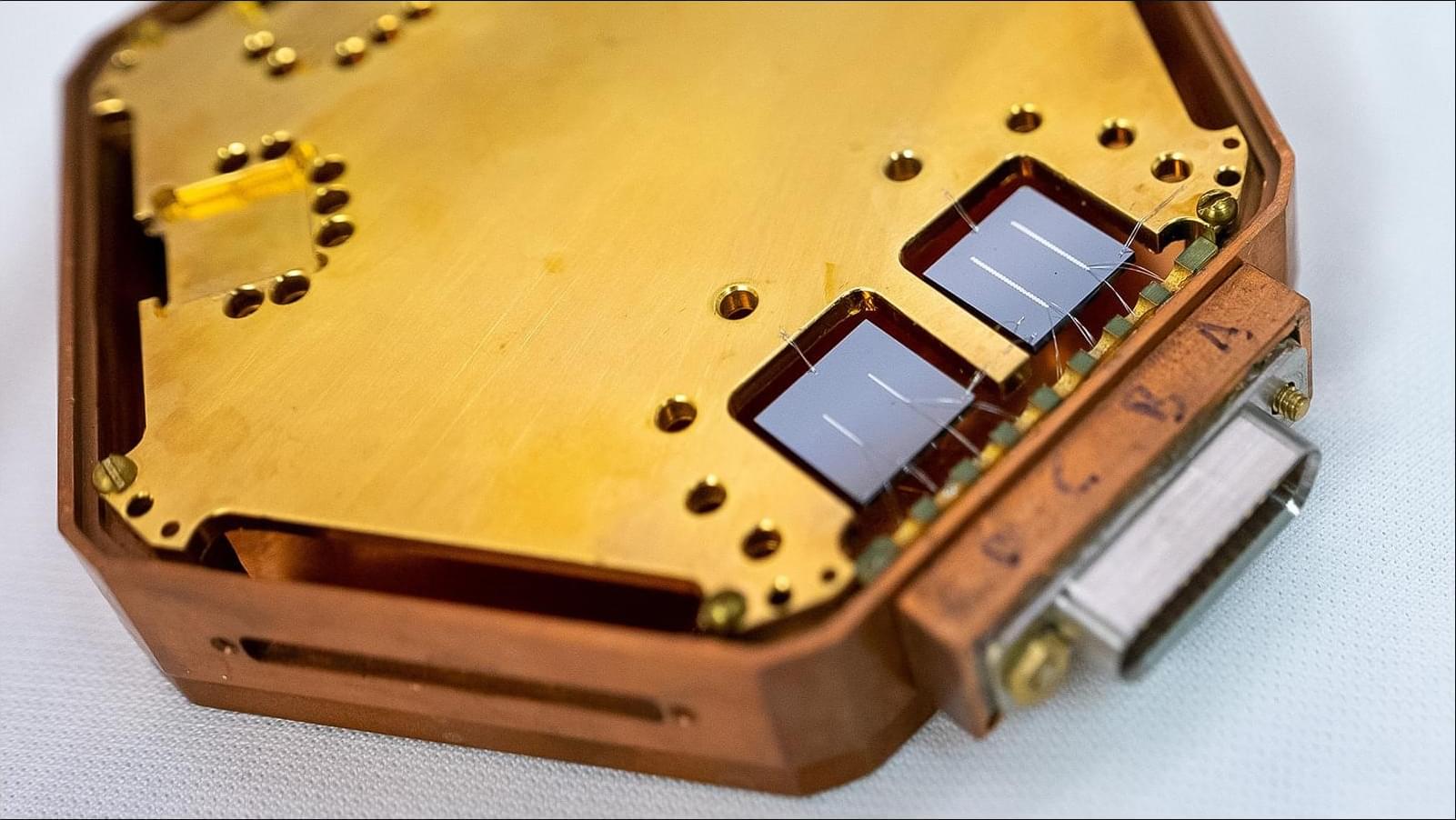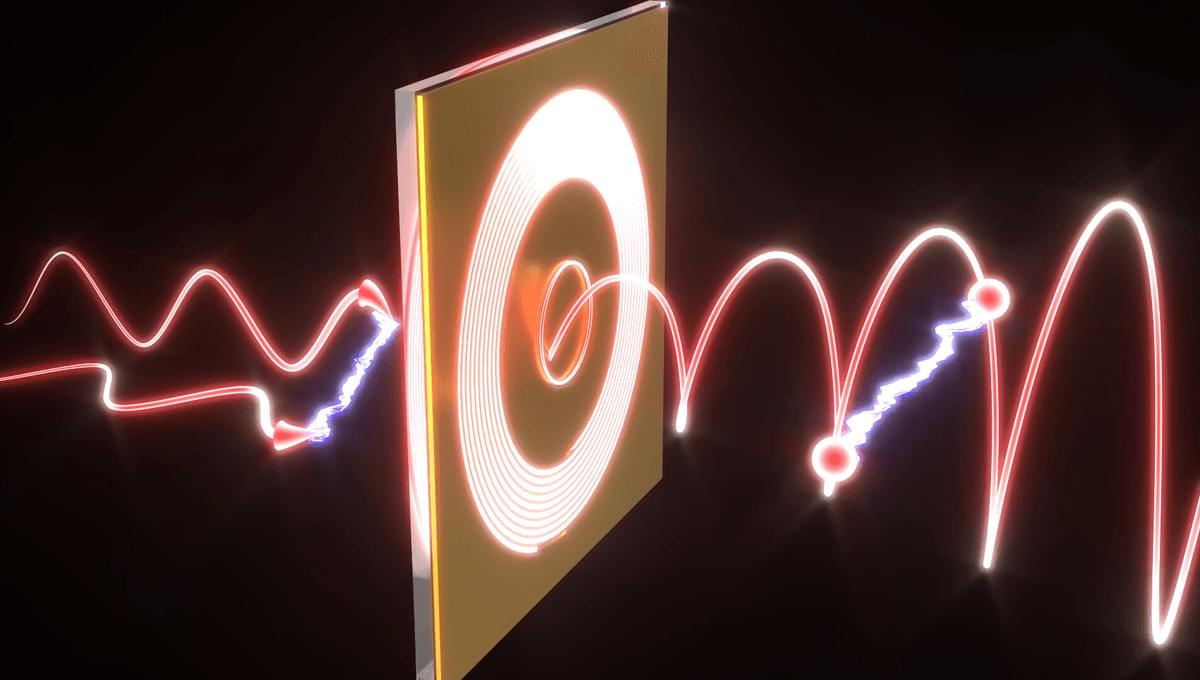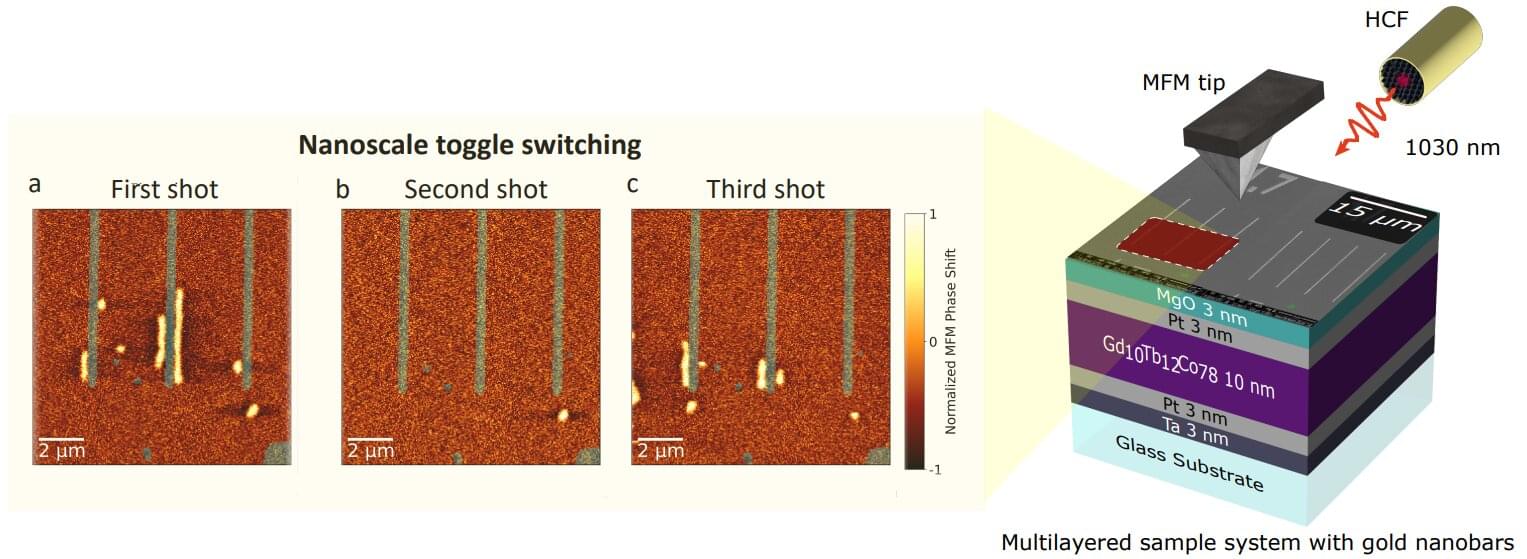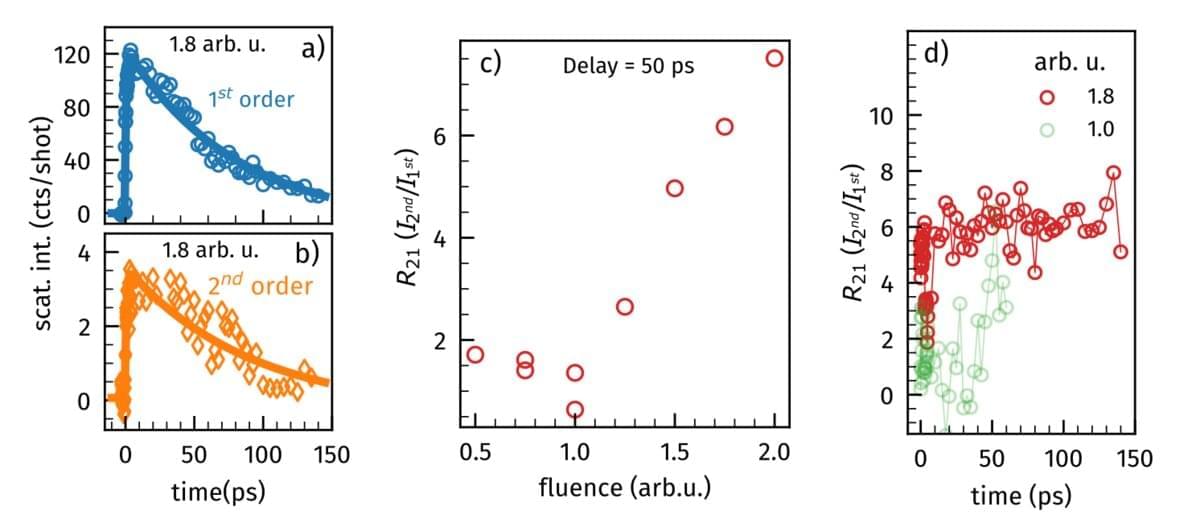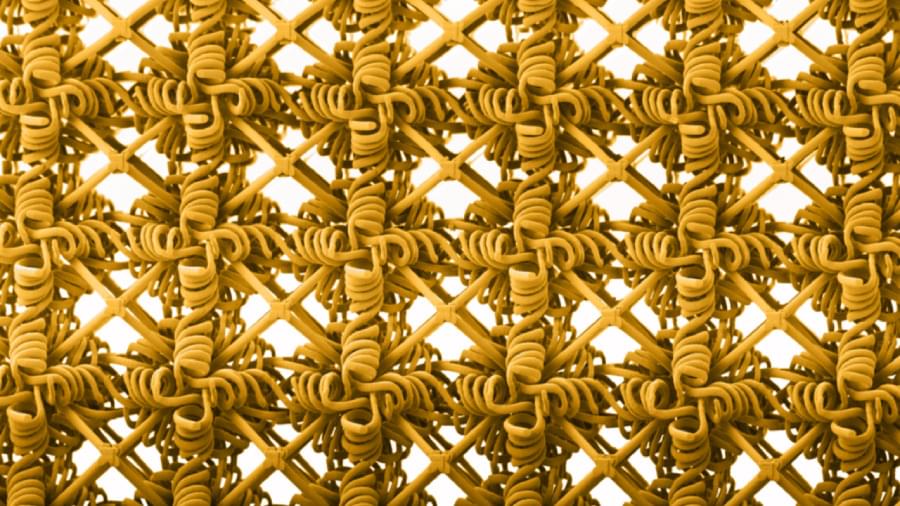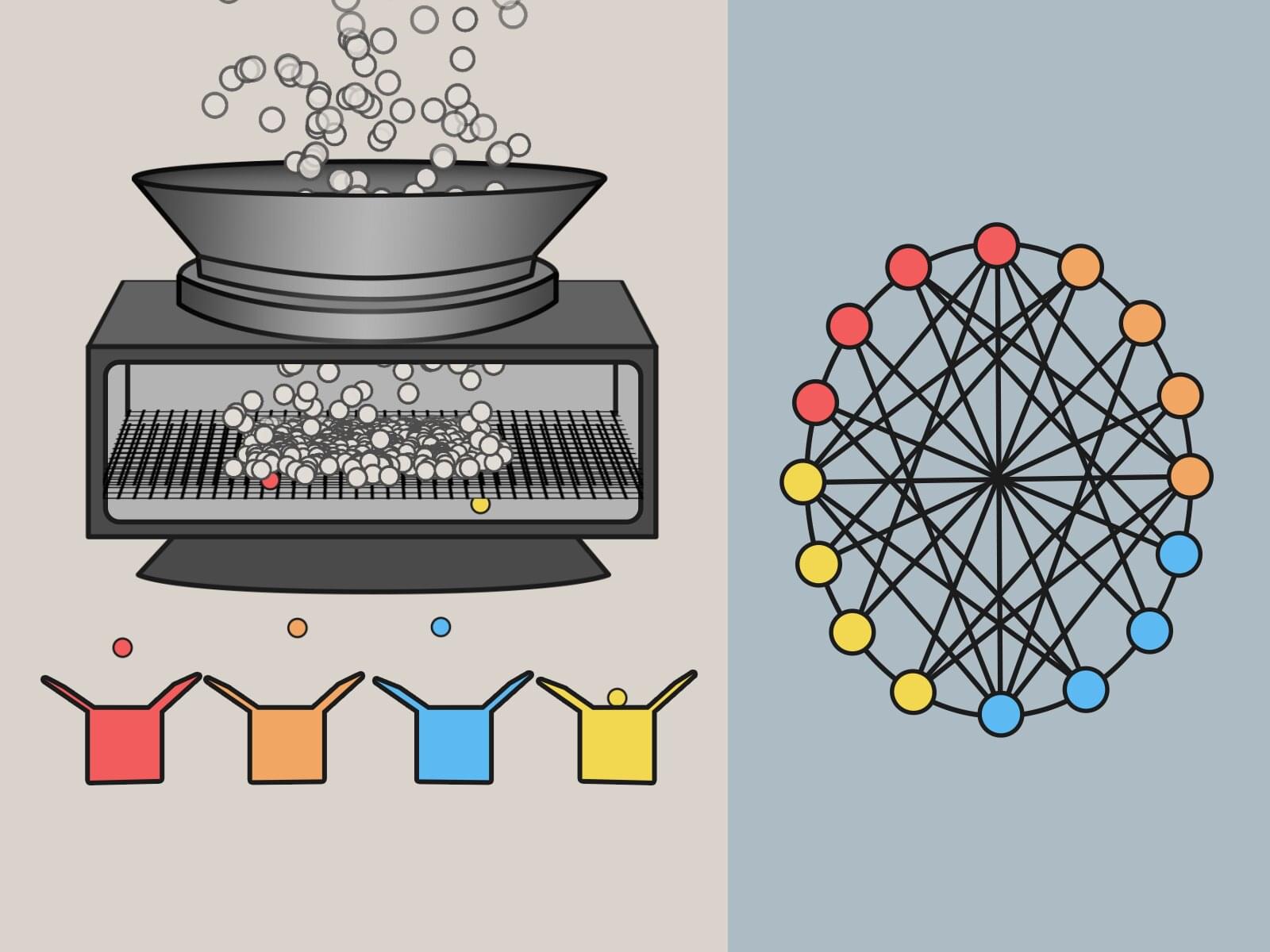Ultrafast light-driven control of magnetization on the nanometer length scale is key to achieve competitive bit sizes in next generation data storage technology. Researchers at Max Born Institute in Berlin and of the large scale facility Elettra in Trieste, Italy, have successfully demonstrated the ultrafast emergence of all-optical switching by generating a nanometer scale grating by interference of two pulses in the extreme ultraviolet spectral range.
The physics of optically driven magnetization dynamics on the femtosecond time scale is of great interest for two main reasons: first, for a deeper understanding of the fundamental mechanisms of nonequilibrium, ultrafast spin dynamics and, second, for the potential application in the next generation of information technology with a vision to satisfy the need for both faster and more energy efficient data storage devices.
All–optical switching (AOS) is one of the most interesting and promising mechanisms for this endeavor, where the magnetization state can be reversed between two directions with a single femtosecond laser pulse, serving as “0s” and “1s.” While the understanding of the temporal control of AOS has progressed rapidly, knowledge on ultrafast transport phenomena on the nanoscale, important for the realization of all-optical magnetic reversal in technological applications, has remained limited due to the wavelength limitations of optical radiation. An elegant way to of overcoming these restrictions is to reduce the wavelengths to the extreme ultraviolet (XUV) spectral range in transient grating experiments. This technique is based on the interference of two XUV beams leading to a nanoscale excitation pattern and has been pioneered at the EIS-Timer beamline of the free-electron laser (FEL) FERMI in Trieste, Italy.
